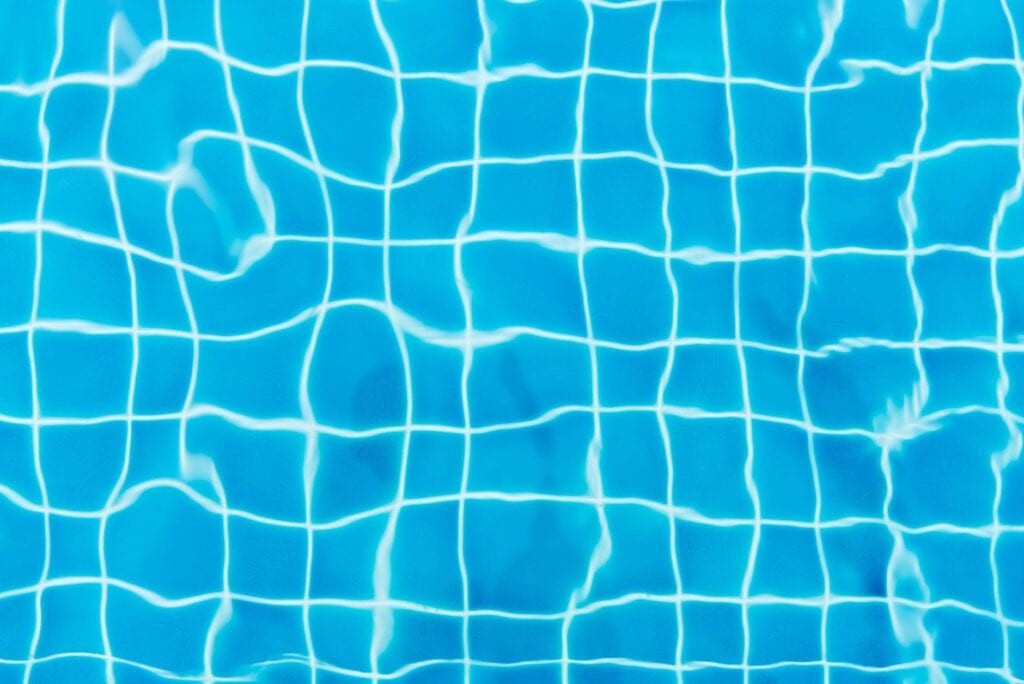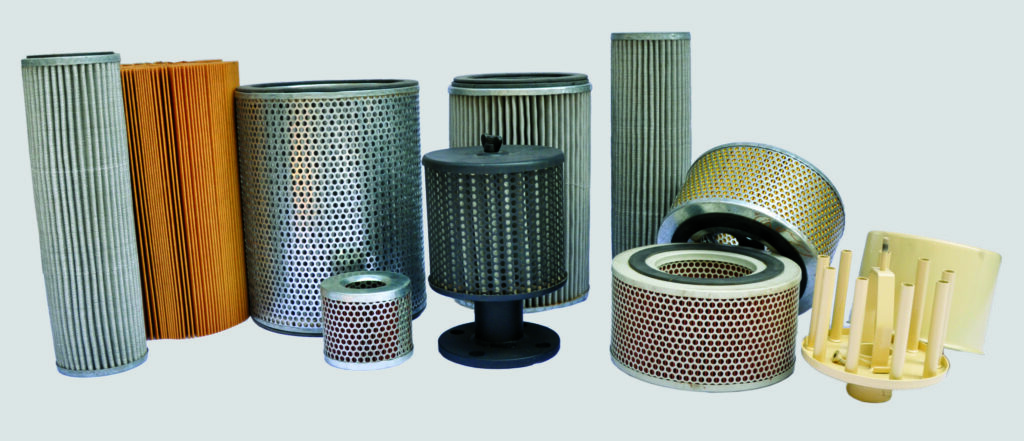Having a pool in front of the house was synonymous with luxury. Today it is available to everyone, even those with a slightly thinner wallet, and it is about inflatable pools. Although they are much smaller in size than real pools, they are still enough to refresh you on hot summer days.
What all pools have in common is that filtration is necessary unless you are willing to change the water every few days. Of course, this is not profitable for several reasons – the water bill will be enormously high, you will need a lot of time to fill the pool with new water, and you are going to need a few extra days for the water to warm up. And just when that happens – the water is dirty again and ready to change.
To avoid all this, it is necessary to have a filter that will purify the existing water. If you want to know detail about the pool filter, read more at HomeGearX.
What is the task of filtration?

By filtering, water with free particles that pass through the porous material is purified. This procedure also prevents the formation of algae. It is a procedure based on the circular movement of water in a closed system with the use of a pump and some filtration devices.
When we talk about water purification in swimming pools, we will say that as much as 80% of water is kept clean thanks to filtration, ie physical treatment, while maintenance products (mechanical and chemical treatment) are responsible for 20%.
What are the main parts of a filtration system?

The system consists of several parts, and each part plays a very important role. The pump’s task is circulating the water to be purified while the electrical cabinet is used to connect the pump to the mains. There is a clock in it that determines the time of performing the filtration itself.
Filters are responsible for retaining dirt, and a hydraulic system consisting of piping and nozzles allows the return of clean, filtered water from the system back to the pool.
Types of Filters

A few different types of filters can be found on the market. Although they all have the same purpose, they differ in performance and principle of operation.
- Cartridge filters
This is very popular because the filter is easy to clean, which requires only a counter-current rinsing with water. It is also known for its good fineness of particle filtration.
The installation itself is a bit more complicated, taking into account that the discharge is done in the sewer system. It is also characterized by high water consumption.
Cartridge filters are small in size and recommended for various mobile and inflatable pools. These are usually smaller capacities than stationary ones.
- Sand filters
This kind of filtration is popular due to the quality of filtration and significantly lower water consumption. Sand filters are more commonly used for stationary pools because they have good performance and size. It is also the fastest type of filtration.
However, each has some advantages and disadvantages, and the disadvantage of filter cartridges is that it takes much longer to clean than the first type. Dirty water from the skimmer enters the filter through the upper separator, after which it passes through the sand from the top down. While moving through the sand, the water leaves impurities, comes out clean from the lower collector, and returns to the pool via a nozzle.
- DE filters
To work properly, this filter, like any other, Diatomaceous Earth must be the right size for the pool, because otherwise, it will not work at full capacity. DA filters are very easy to install and the main feature, and at the same time, the advantage over other filters is a high degree of purification, which has a positive effect on health.
If we are talking about subspecies of this filter, we can say there are two – spin and grid. The filter is created of a tank with many fabric-covered grids, also called filter elements. The fabric is coated with a filtration substance known as diatomaceous earth. These filters are the most expensive, but also the most efficient.
What should I pay attention to when choosing a filtration system?

To achieve the desired water purification, it is necessary to select the appropriate cleaning device. What you need to pay attention to is the speed of the water supplied for cleaning. This means that the water capacity should not be too large and that the capacity of the tank itself should be taken into account.
Pumps can be various power, and we choose them based on the volume of the pool. This is something you can calculate yourself – the capacity of the passage of the device should be a quarter of the tank, that is, by multiplying the volume of the pool by 2.5 and then dividing by 10, we get the exact capacity. It may sound complicated, but it’s not. In any case, you can always consult the seller before buying.
When choosing a pump, it is very important to pay attention to several factors, and some of them are filtration speed, filter type, and power consumption. The filtration speed primarily depends on the volume of the pool itself.
Filter maintenance

It is most effective to clean it every ten days by emptying it, ie to rinse it with a special substance that dissolves lime. The liquid is poured directly into the sewer. The next step is to open the water briefly. To be completely cleared of lime, it is necessary for the sand together with the substance to remain for several hours. The last step is a thorough rinsing until the last trace of chemicals is removed.
 Imagup General Magazine 2024
Imagup General Magazine 2024



